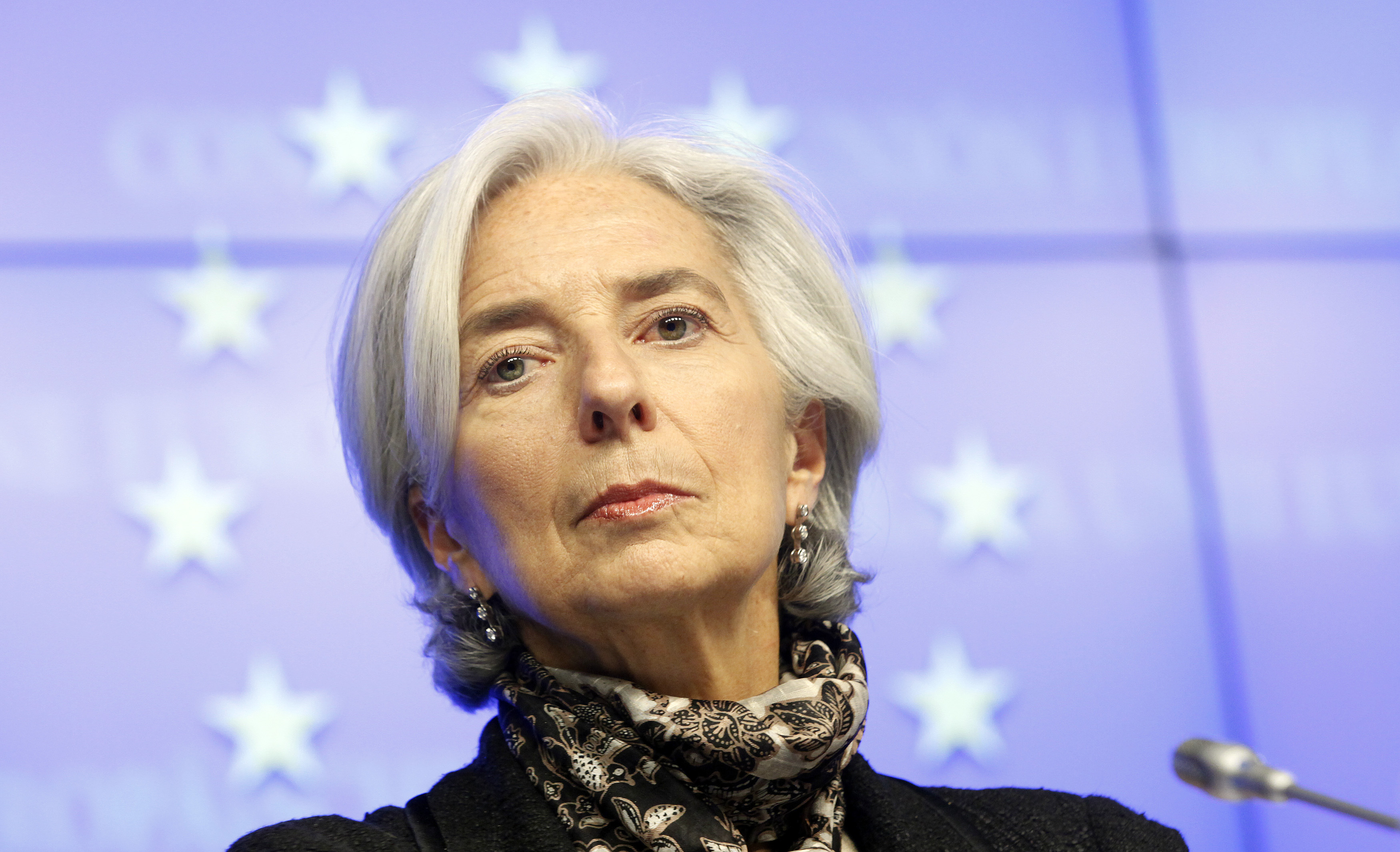
The International Monetary Fund has said there is hope that Nigeria will recover from recession this year. With the nation’s increased crude oil production following an improved security situation, the IMF stated in a report, Nigeria will have 0.8% growth this year.
According to the IMF’s World Economic Outlook report released on Monday, the Nigerian GDP is expected to grow by 0.8% in 2017 and 2.3% in 2018. These figures represent a 0.2% and 0.7% boost respectively to what the IMF had previously projected for Africa’s largest economy in October last year.
Concerning the global economy the IMF said:
“After a lackluster out turn in 2016, economic activity is projected to pick up pace in 2017 and 2018, especially in emerging market and developing economies. However, there is a wide dispersion of possible outcomes around the projections, given uncertainty surrounding the policy stance of the incoming U.S. administration and its global ramifications. The assumptions underpinning the forecast should be more specific by the time of the April 2017 World Economic Outlook, as more clarity emerges on U.S. policies and their implications for the global economy.
“Global growth for 2016 is now estimated at 3.1 percent, in line with the October 2016 forecast. Economic activity in both advanced economies and EMDEs is forecast to accelerate in 2017–18, with global growth projected to be 3.4 percent and 3.6 percent, respectively, again unchanged from the October forecasts.
“Advanced economies are now projected to grow by 1.9 percent in 2017 and 2.0 percent in 2018, 0.1 and 0.2 percentage points more than in the October forecast, respectively. As noted, this forecast is particularly uncertain in light of potential changes in the policy stance of the United States under the incoming administration. The projection for the United States is the one with the highest likelihood among a wide range of possible scenarios. It assumes a fiscal stimulus that leads growth to rise to 2.3 percent in 2017 and 2.5 percent in 2018, a cumulative increase in GDP of ½ percentage point relative to the October forecast. Growth projections for 2017 have also been revised upward for Germany, Japan, Spain, and the United Kingdom, mostly on account of a stronger-than-expected performance during the latter part of 2016. These upward revisions more than offset the downward revisions to the outlook for Italy and Korea.
“The primary factor underlying the strengthening global outlook over 2017–18 is, however, the projected pickup in EMDEs’ growth. As discussed in the October WEO, this projection reflects to an important extent a gradual normalization of conditions in a number of large economies that are currently experiencing macroeconomic strains. EMDE growth is currently estimated at 4.1 percent in 2016, and is projected to reach 4.5 percent for 2017, around 0.1 percentage point weaker than the October forecast. A further pickup in growth to 4.8 percent is projected for 2018.
“Notably, the growth forecast for 2017 was revised up for China (to 6.5 percent, 0.3 percentage point above the October forecast) on expectations of continued policy support. However, continued reliance on policy stimulus measures, with rapid expansion of credit and slow progress in addressing corporate debt, especially in hardening the budget constraints of state-owned enterprises, raises the risk of a sharper slowdown or a disruptive adjustment. These risks can be exacerbated by capital outflow pressures, especially in a more unsettled external environment.
“In India, the growth forecast for the current (2016–17) and next fiscal year were trimmed by one percentage point and 0.4 percentage point, respectively, primarily due to the temporary negative consumption shock induced by cash shortages and payment disruptions associated with the recent currency note withdrawal and exchange initiative.
“Elsewhere in emerging Asia, growth was also revised down in Indonesia, reflecting weaker-than-projected private investment, and in Thailand, in light of a slowdown in consumption and tourism.
“In Latin America, the growth downgrade reflects to an important extent more muted expectations of short-term recovery in Argentina and Brazil following weaker-than-expected growth outturns in the second half of 2016, tighter financial conditions and increased headwinds from U.S.-related uncertainty in Mexico, and continued deterioration in Venezuela.
“In the Middle East, growth in Saudi Arabia is expected to be weaker than previously forecast for 2017 as oil production is cut back in line with the recent OPEC agreement, while civil strife continues to take a heavy toll on a number of other countries.”

CBN Introduces New Nationwide Cash-Withdrawal Limits
Nigeria’s Foreign Reserves Hit $46bn For First Time Since 2018 — CBN
Nigeria’s Oil Output Rises Slightly to 1.4m Barrels Daily
President Tinubu Seeks Senate Nod For ₦1.15tr Domestic Loan